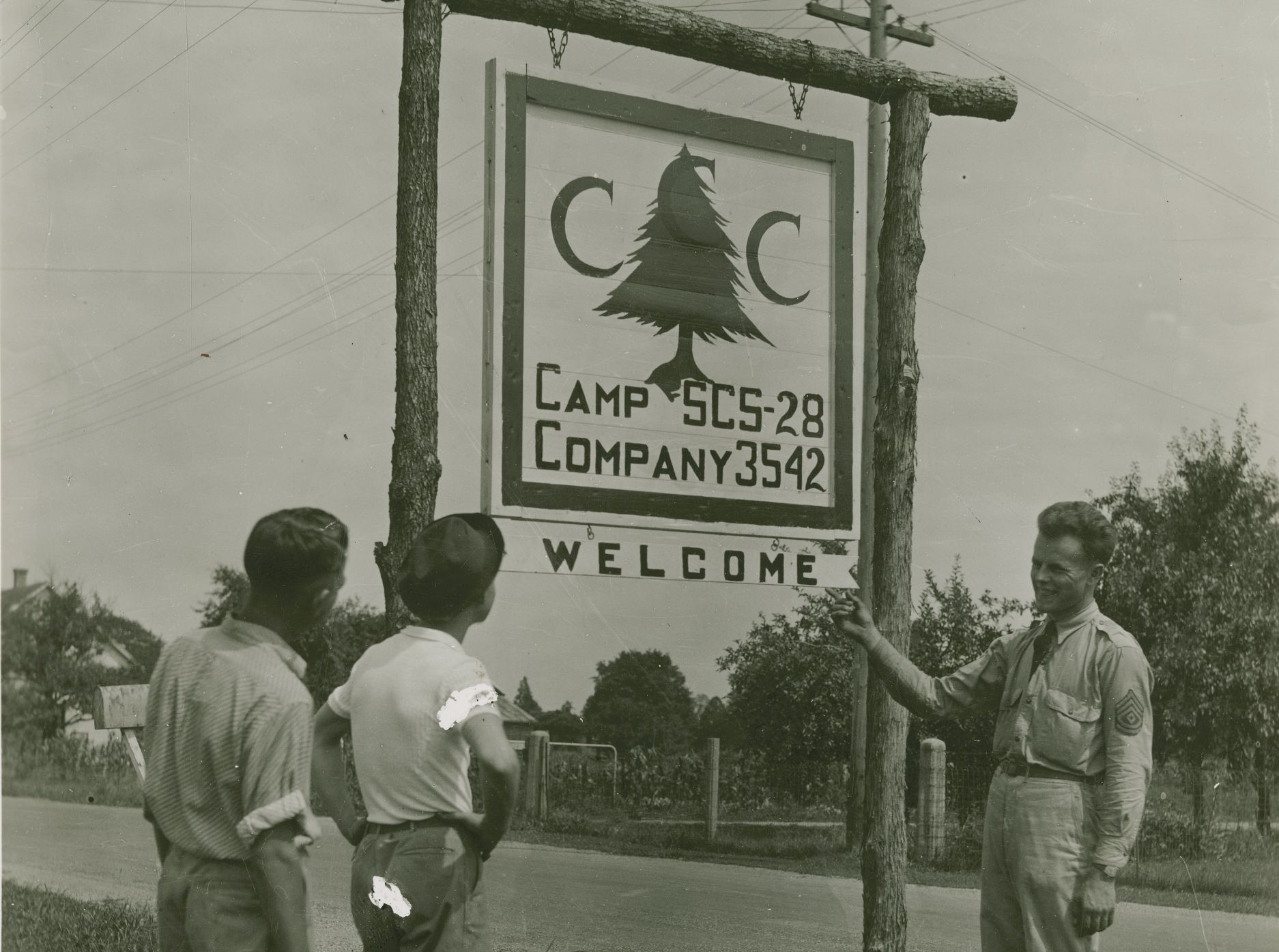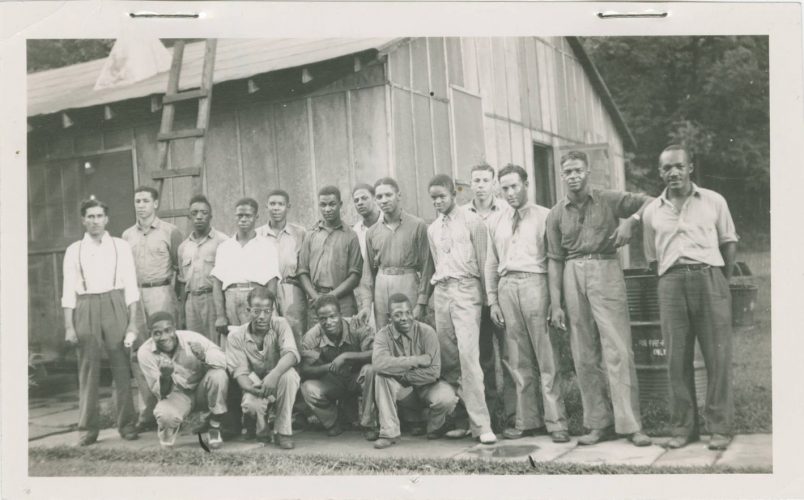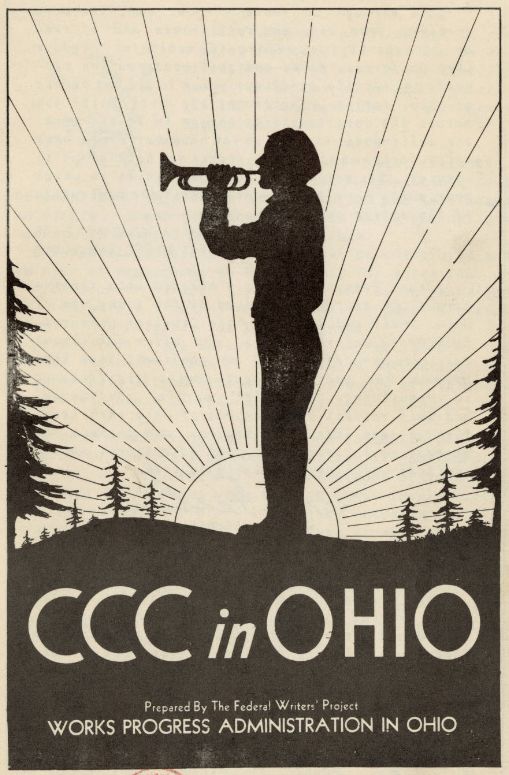“The Molder of Men”: The Civilian Conservation Corps in Ohio

As we begin to move from summer into fall, it’s a great time of year to get out and explore Ohio’s many natural areas. As you do, don’t be surprised if you come across relics of the Civilian Conservation Corps, an employment agency that left an indelible mark all across our state.

Organized on March 31, 1933, by President Franklin D. Roosevelt, the Civilian Conservation Corps, or C.C.C., was a program of the New Deal meant to help combat the effects of the Great Depression by providing work, wages, and room and board to young men struggling to make a living. Originally open to unemployed men between the ages of 18 and 25, and later expanded to ages 17-28, the program put its participants to work on a wide variety of government projects. Often, these projects focused on infrastructure like road construction, flood control, reforestation, and soil erosion prevention, but C.C.C. workers also improved or constructed features across the country’s local, state, and national parks–from trails to shelter houses to latrines.
The operation of the C.C.C. took its cue from the U.S. military: workers lived in camps, wore uniforms, and served under the command of “officers.” Monthly wages were set at $30, of which around $25 was sent home to the worker’s family. Cost of living for the young men was kept low, as the C.C.C. covered basic expenses like food, clothing, and housing. At the time, it was not uncommon for young men and women to contribute their wages to support their families, before they married and formed their own household; the C.C.C. incorporated this as a requirement of the program.

Over the near-decade of its existence, the C.C.C. provided employment to nearly three million men, and at its peak, 500,000 were working for the program. Employees were made up of all races, but workers were segregated into units based upon their race. Additional divisions were operated for employment of veterans and for members of federally recognized American Indian tribes (known as the C.C.C.-I.D.).
Ohio men took advantage of the opportunity offered by the C.C.C., with approximately 14,000 Ohioans employed each year that the program existed. Some men were sent out of state–most commonly to the northwestern United States–but many remained closer to home. The state’s first C.C.C. camp was established in Scioto Trail State Forest in May 1933, and eventually, workers would be based in dozens of camps across the state. Improvements made by the Corps can be found all around in the state’s parks and at many sites that are now part of the Ohio History Connection’s historic site network, often designated by a carved “C.C.C.” or small stone marker. The booklet seen at left, published by the Ohio Federal Writers’ Project, provides a detailed overview of the program in Ohio for potential enrollees, covering eligibility, camp life, education and training opportunities, potential work projects and more.
The C.C.C. remained in effect until 1942, by which time the Great Depression had ended, and unemployment had dropped tremendously due to the creation of thousands of jobs associated with World War II. The program is remembered as a tremendous success, which offered support and boosted morale for hundreds of thousands of Americans and their families; sparked a national appreciation for conservation and our natural resources; and prepared the country’s military and a generation of young men for the challenges they would face during the coming World War. Today, we still see the legacy of this important program on Ohio Memory and around our state.
Thanks to Lily Birkhimer, Digital Projects Coordinator at the Ohio History Connection, for this week’s post!



Leave a Reply
You must be logged in to post a comment.